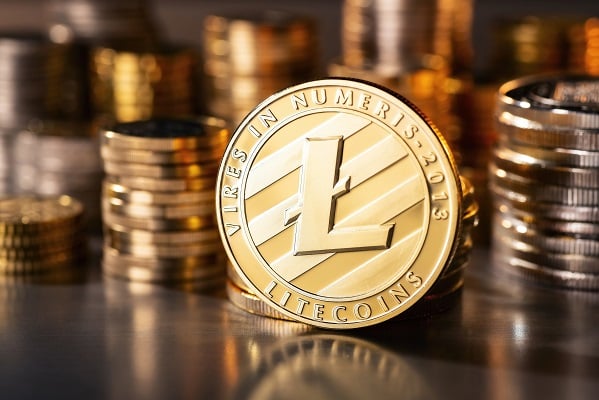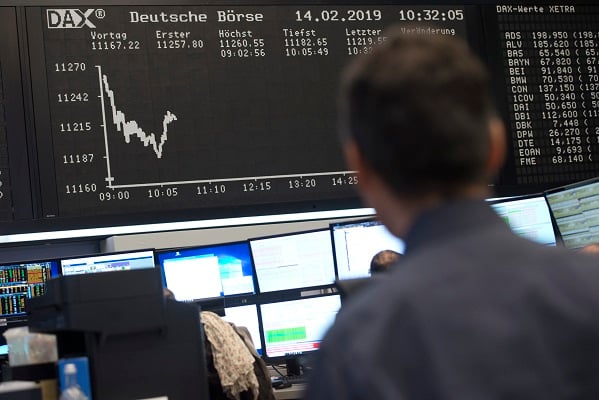Technology stocks have turned around last year’s disappointing performance in the year to date. The impressive rally since January has largely been driven by the promises of AI.
Not only is this theme revolutionising the world as we know it, but it is also bringing exciting opportunities for investors.
However, expectations and wild flights of fancy have found their way into share prices, so steep dips should be expected. We think it quite probable that the upward trend will continue in the longer term, as the possible applications of AI are extremely varied, and we are really only seeing the tip of the iceberg in terms of the use and spread of AI in the world of work.
Given the outperformance of this hot theme, investors should think outside the box because there are worthwhile long-term themes beyond AI, which are not yet so hyped up. The most interesting themes for us at the moment are the megatrends referred to as the three Ds: digitalisation, demographics and decarbonisation.
Digitalisation is gaining momentum again
Given the increased frequency and severity of cyberattacks, we regard cybersecurity as a trend with plenty of growth potential within the digitalisation megatrend.
The spread of online services by virtue of cloud computing and the Internet of Things (IoT) is a key part of this, as the internet-enabled household or leisure devices (often connected to our mobile phones via apps) are frequently entry points of attack that are inadequately protected.
Other drivers include the tightening up of regulations and compliance requirements as well as greater awareness, and the prioritisation of cybersecurity on the part of companies and governments. Their main focus is the protection of critical infrastructure, such as energy supplies.
Demographics is a mainstay
Demographic change is multifaceted and offers investors a myriad of opportunities – the growing demand for health and care services being a good example. Specifically, operators of age-friendly residential developments that offer specialised medical support will benefit long-term from demographic change.
Patients also feel the technological advancements very directly: For example, diabetes patients have been able to continuously monitor their glucose levels for some time by means of a sensor on their arm. Linked together, they can call up the values via a mobile phone app and also analyse them online over longer periods of time and share them with their doctor.
In addition, an insulin pump worn on the body (linked to the sensor via an electronic control unit) can automatically deliver the required amount of insulin into the diabetic’s body. And the future remains exciting in this respect: Further innovations, which will greatly improve patients’ daily lives in a similar way, are anticipated. For example, the possibility of administering other medications using such pumps is on the cards. The market potential of such applications should be substantial.
In other areas, too, medical research is making dramatic advances – often driven by smaller biotech companies. One example is faster, simplified cancer screening, making it possible to replace complex examinations such as colonoscopies by simple self-tests with subsequent lab analysis. There is also further potential for innovation in research into and the development and marketing of cell and gene therapies. Instead of merely targeting the symptoms as heretofore, in the ideal case, these novel methods offer once-and-done treatment of the cause of the illness..
Decarbonisation
One theme that has really taken off in recent years is the energy transition and, along with it, the expansion of renewables. The energy crisis in Europe is further accelerating the transformation.
This growth is being supported by technological advances and reductions in the cost of solar and wind energy, as well as by the growing demand for cleaner energy among consumers and companies.
Relevant companies in this space include energy producers (solar, wind, geothermal) and the manufacturers of solar cells, fuel cells and hydrogen components. The retooling of infrastructure and business – away from fossil fuels – is providing further opportunities for investment. This runs the gamut from power cable manufacturers to the entire energy supply chain, including battery technology and hydrogen infrastructure as well as manufacturers of electric trucks and cars.
Investing in these themes via convertible bonds affords investors a number of advantages over equities: on the one hand, there is a large number of such specialised growth companies in the convertible bond universe – which are often takeover targets for the dominant players that need to innovate. For example, pharmaceutical companies often take over smaller biotech firms to refill their product pipeline. The same happens in software and cyber-security.
The convertible bond asset class comes into its own especially in segments that typically exhibit greater volatility. Convertible bonds are well known for their so-called “automatic timing”, an element that places investors in the correct positioning whether the equity markets are rising or falling. On the other hand, the asset class participates in the rise in the price of the underlying share, and on the other hand its reaction to falls in prices is relatively muted. Convertible bonds thus offer an asymmetric return profile.
In general, wherever possible, we favour companies with strong competitive standings, solid balance sheets, high margins and inelastic supply/demand dynamics, as they can generally cope better in the face of higher input costs and inflation, which remain relatively elevated.






Leave a Comment